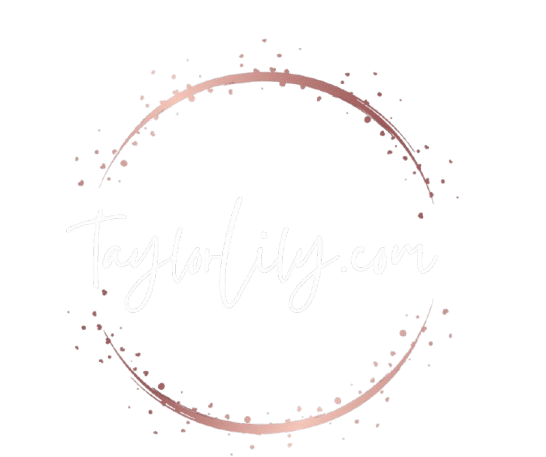Parcel Fabric Data ModelHey there, fellow tech enthusiasts! It’s your girl Taylor here, and I’m excited to dive into the world of parcel fabric data models. As a programmer and blogger, I’m always on the lookout for new and exciting topics to explore, and today’s question is what is a parcel fabric data modelI stumbled upon this question while searching for answers online, and I couldn’t help but wonder what someone would be searching for when asking this question. Are they looking for a way to optimize their data storage Are they trying to understand the concept of parcel fabric data models in the context of their own project Whatever the reason, I’m here to help you understand what a parcel fabric data model is and why it’s an important concept in the world of data modeling.So, what is a parcel fabric data model In simple terms, a parcel fabric data model is a way of organizing and structuring data in a way that makes it easy to query and analyze. It’s like a blueprint for your data, helping you to understand how different pieces of information relate to each other and how they can be used to answer complex questions.But why would someone want to use a parcel fabric data model Well, for one, it can help to improve the performance of your data queries. By organizing your data in a way that makes sense, you can reduce the amount of time it takes to retrieve the information you need. This is especially important in applications where speed and efficiency are crucial, such as in real-time analytics or gaming.Another benefit of using a parcel fabric data model is that it can help to improve data quality. By defining a clear structure for your data, you can ensure that it’s consistent and accurate. This can be especially important in applications where data is used to make critical decisions, such as in finance or healthcare.So, how do you create a parcel fabric data model It’s actually quite simple. You start by identifying the key entities and relationships in your data. For example, if you’re building a database for a real estate company, you might identify entities such as properties, agents, and clients. You would then define the relationships between these entities, such as a property being owned by an agent or a client being interested in a property.Once you have defined your entities and relationships, you can start to build your parcel fabric data model. This involves creating a series of tables or nodes that represent the different entities and relationships in your data. You would then use these tables to query and analyze your data, using tools such as SQL or graph databases.To give you a better idea of how this works, let’s consider an example. Imagine you’re building a database for a ranching family in Montana, like the ones you see on Yellowstone. You might identify entities such as cattle, land, and family members. You would then define the relationships between these entities, such as a family member owning a piece of land or a piece of land being used to graze cattle.Using a parcel fabric data model, you could create a series of tables that represent these entities and relationships. For example, you might have a table for cattle that includes columns for the type of cattle, the age of the cattle, and the location of the cattle. You would then use this table to query and analyze your data, such as finding all the cattle that are over a certain age or located in a specific area.So, there you have it – a parcel fabric data model is a way of organizing and structuring data in a way that makes it easy to query and analyze. It’s an important concept in the world of data modeling, and can help to improve the performance and quality of your data. If you found this post helpful, I’d really appreciate it if you could do me a solid and support our blog by buying me a coffee via the link below. Your gift can be the catalyst for change, empowering me to continue sharing value with you.

Tech
how to search for archived emails in outlook – TaylorLilly.com
Learn how to search for archived emails in Outlook with ease, and never miss a crucial message again Discover the simple steps to find and retrieve archived emails in this stepbystep guide







